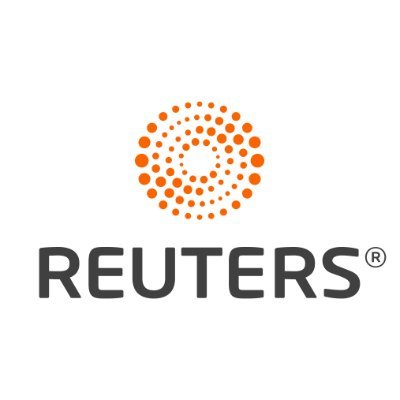- Yen hits two-month peak on BOJ rate hike bets
- Trump's talk of trade deal with China lifts yuan
- Dollar on the back foot
SINGAPORE, Feb 20 (Reuters) - The yen hit its strongest level in over two months on Thursday as investors ramped up bets on further rate hikes from the Bank of Japan (BOJ) this year, while concerns about new tariff threats from U.S. President Donald Trump kept markets on edge.
The yuan got a lift after Trump said "it's possible" for the U.S. and China to have a new trade deal and said he expected Chinese President Xi Jinping to visit the United States, though he did not give a timeline for the trip.
The yen JPY=EBS rose more than 0.8% to touch a high of 150.15 per dollar on Thursday, extending its gains from the previous session.
BOJ Governor Kazuo Ueda said on Thursday he met Japanese Prime Minister Shigeru Ishiba for a regular exchange of views on the economy and financial markets, however the two did not discuss recent rises in long-term interest rates.
"I don't think there's a single cause," Bank of Singapore currency strategist Moh Siong Sim said of the yen's surge.
"Ueda did say he didn't discuss rising yields with Ishiba, so perhaps that got people excited to think that the recent rise in the yields that supported the yen wasn't a concern, and therefore it's a green light for more yen strength and perhaps a BOJ hike quite soon."
Investors have been gradually adding to bets that the BOJ could hike rates sooner rather than later, particularly as recent domestic data have supported the case for further policy tightening. 0#JPYIRPR
In China, the onshore yuan CNY=CFXS rose more than 0.2% to 7.2682 per dollar, while its offshore counterpart CNH=D3 similarly ticked up 0.2% to 7.2686.
The Trump administration's tariff threats have weighed on the yuan in recent months, so the president's latest comments about a possible trade deal eased investor worries about a further deterioration in Sino-U.S. tensions in the short term, currency traders said.
All of that left the dollar under pressure on Thursday.
The greenback has traded sideways over the past few sessions on the lack of concrete actions from Trump over his tariff threats, though still-cautious investor sentiment capped the currency's losses.
Geopolitics also loomed large after Trump referred to Ukrainian President Volodymyr Zelenskiy as a "dictator" amid talks to end the Russia-Ukraine war.
Sterling GBP=D3 hovered near a two-month top and was last 0.09% higher at $1.2597.
The euro EUR=EBS ticked up 0.06% to $1.0428, after having fallen in the previous session as top policymakers at the European Central Bank took opposing views on inflation risk and on how much the bank is holding back economic growth.
Against a basket of currencies, the dollar =USD fell 0.16% to 107.01.
Trump on Wednesday said he will announce tariffs over the next month or sooner, adding lumber and forest products to previously announced plans to impose duties on imported cars, semiconductors and pharmaceuticals.
"He's been in office for about a month now, initially we've seen big impacts of his announcements on tax policies on financial markets, and I think markets have adjusted to his style ... and also his transactional approach to policymaking," said currency strategist Carol Kong at Commonwealth Bank of Australia.
"He loves using tariffs as a negotiating tactic, so what he says may be different to what is actually imposed."
In other currencies, the Australian dollar AUD=D3 last traded 0.28% higher at $0.6363 after a mixed jobs report which showed employment outpaced forecasts for a second successive month in January, yet the unemployment rate still ticked higher.
The New Zealand dollar NZD=D3 gained 0.26% to $0.5720.
Reserve Bank of New Zealand Governor Adrian Orr said on Thursday there would need to be an economic shock for the bank to cut its policy interest rate by 50 basis points again as it did at its latest meeting this week. 0#NZDIRPR
World FX rates https://tmsnrt.rs/2RBWI5E






